A new study published in the journal Nature sheds some light on mysteries around ritualistic sacrifices in the ancient Maya city of Chichén Itzá in Mexico’s Yucatán Peninsula.
Researchers noted two moments of surprise around genome data analyzed from victims of these sacrifices found in a mass burial site.
New Study
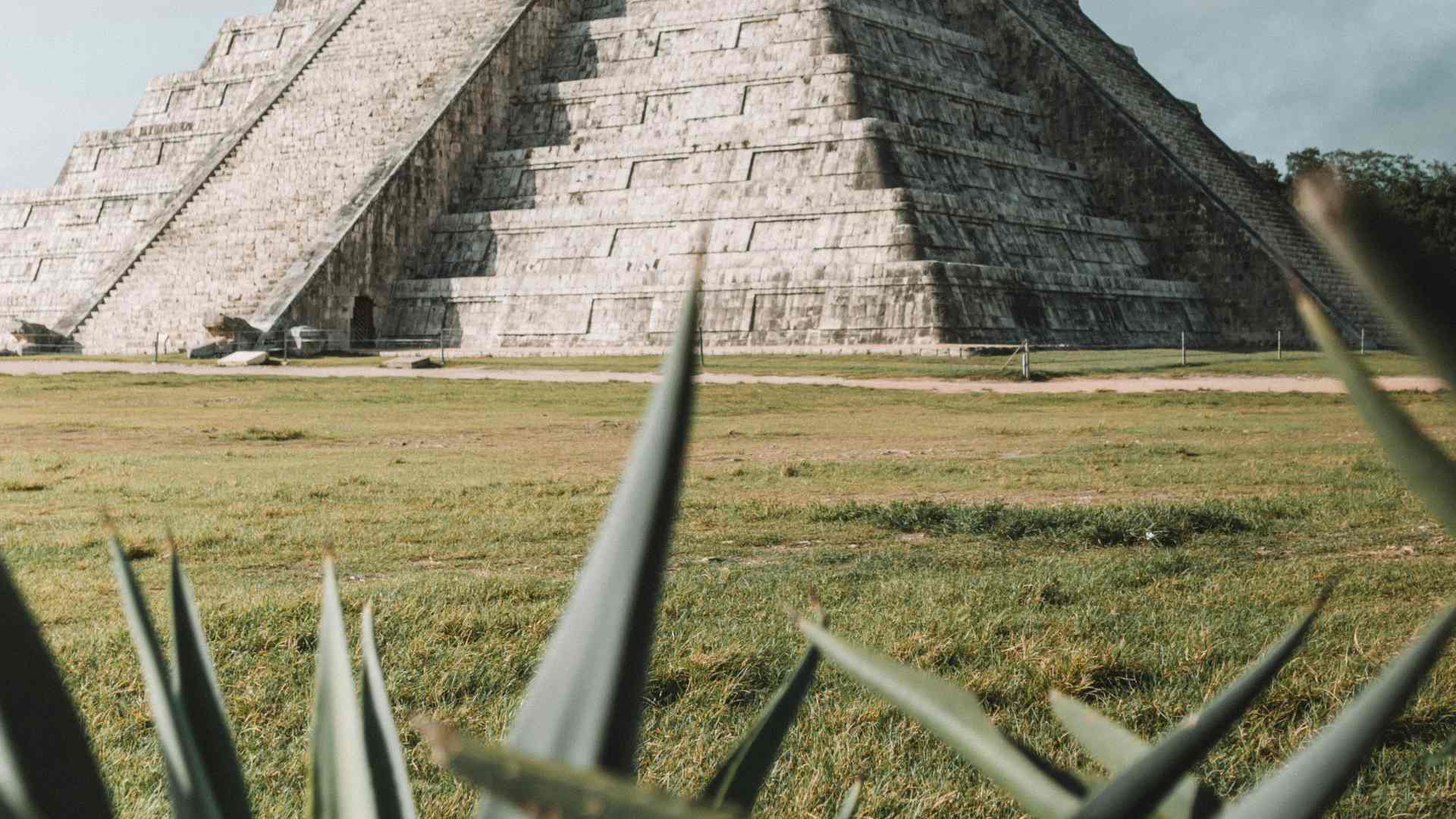
Published on June 12, the study in Nature is titled “Ancient genomes reveal insights into ritual life at Chichén Itzá.”
This study utilized genome data of 64 deceased “subadult individuals” found in a large ceremonial sinkhole to attempt to discover insights into unanswered questions about their genetic ties to Mesoamerican groups.
Two Moments of Surprise

The researchers got their wish to unlock some of the answers to the questions they were seeking.
“There were two big moments of surprise here,” said lead study author Rodrigo Barquera, a researcher in the Department of Archaeogenetics at the Max Planck Institute for Evolutionary Anthropology in Leipzig, Germany.
First Surprise
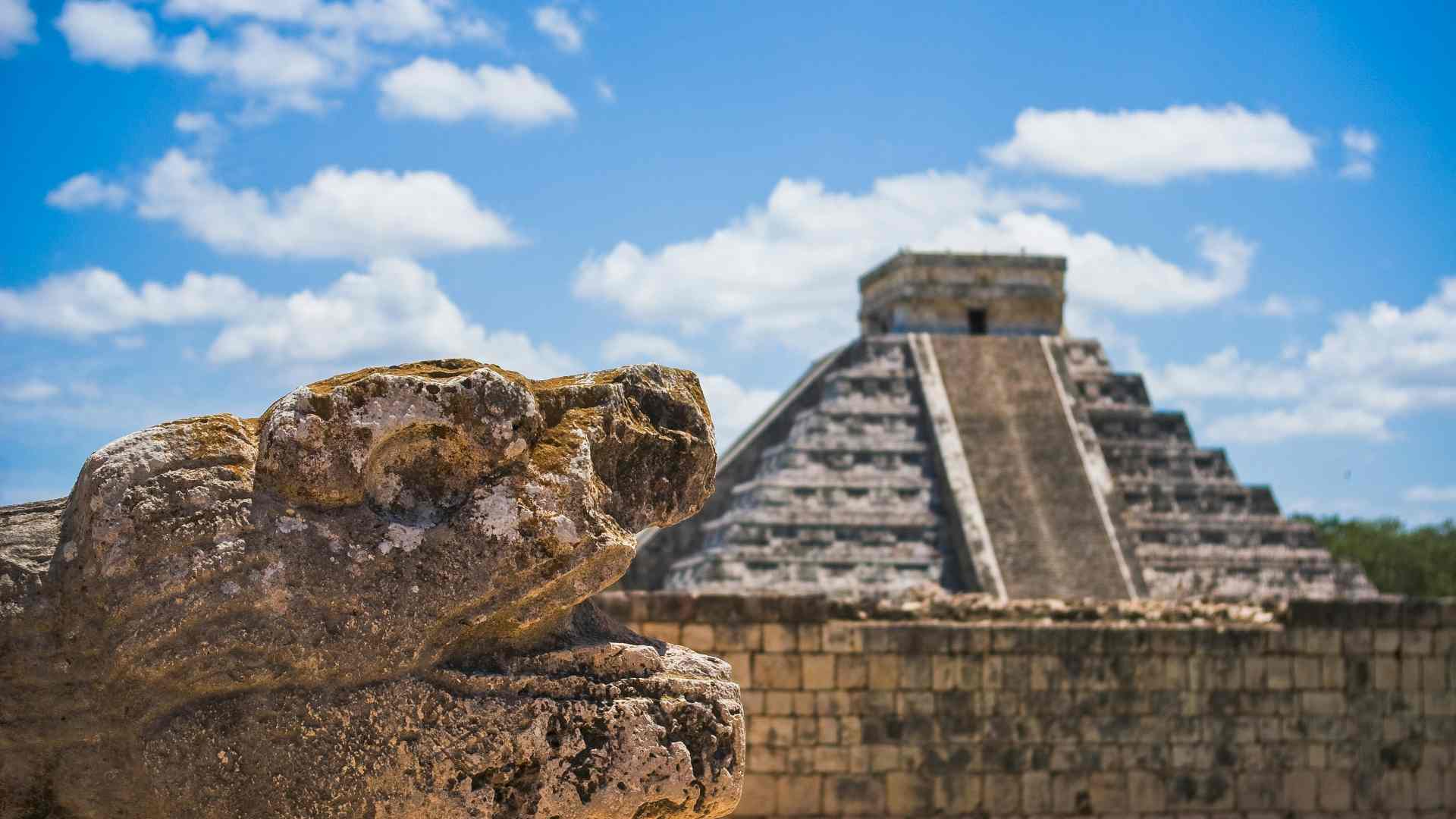
One surprise researchers found related to the sex of the remains. Myths of the area suggested that Mayan religious practices called for the sacrifice of virgins or young girls. Previous researchers had been unable to identify the sex of the deceased because of the difficulty of identifying sex characteristics from a child’s skeleton.
“We were thinking, influenced by traditional archaeology that we would find, a non-sex-biased burial or mostly girls,” said Barquera.
Young Maidens

The idea of “young maidens” being sacrificed in religious rituals is at the forefront of people’s minds when thinking about this era thanks to media depictions.
“This characterization of Maya sacrifice was catapulted to the forefront through media depictions of young maidens (aka virgins) being hurled to their deaths at the Sacred Well,” said archeologist and author Rubén Mendoza to CNN.
Not Young Girls But Boys

To the researcher’s surprise, the victims identified using analysis of ancient DNA were all young boys, countering the narrative that the sacred Chichén Itzá sinkhole was used for “virgin” sacrifice.
“We’re getting better and better at retrieving even very small amounts of DNA. And suddenly, we now have the ability to do these large-scale genomic studies and apply ancient DNA as a tool to help us understand the past in Mesoamerica,” said study coauthor Christina Warinner. “I am so excited about that because this is an area of the world which has this incredibly rich history.”
Second Surprise
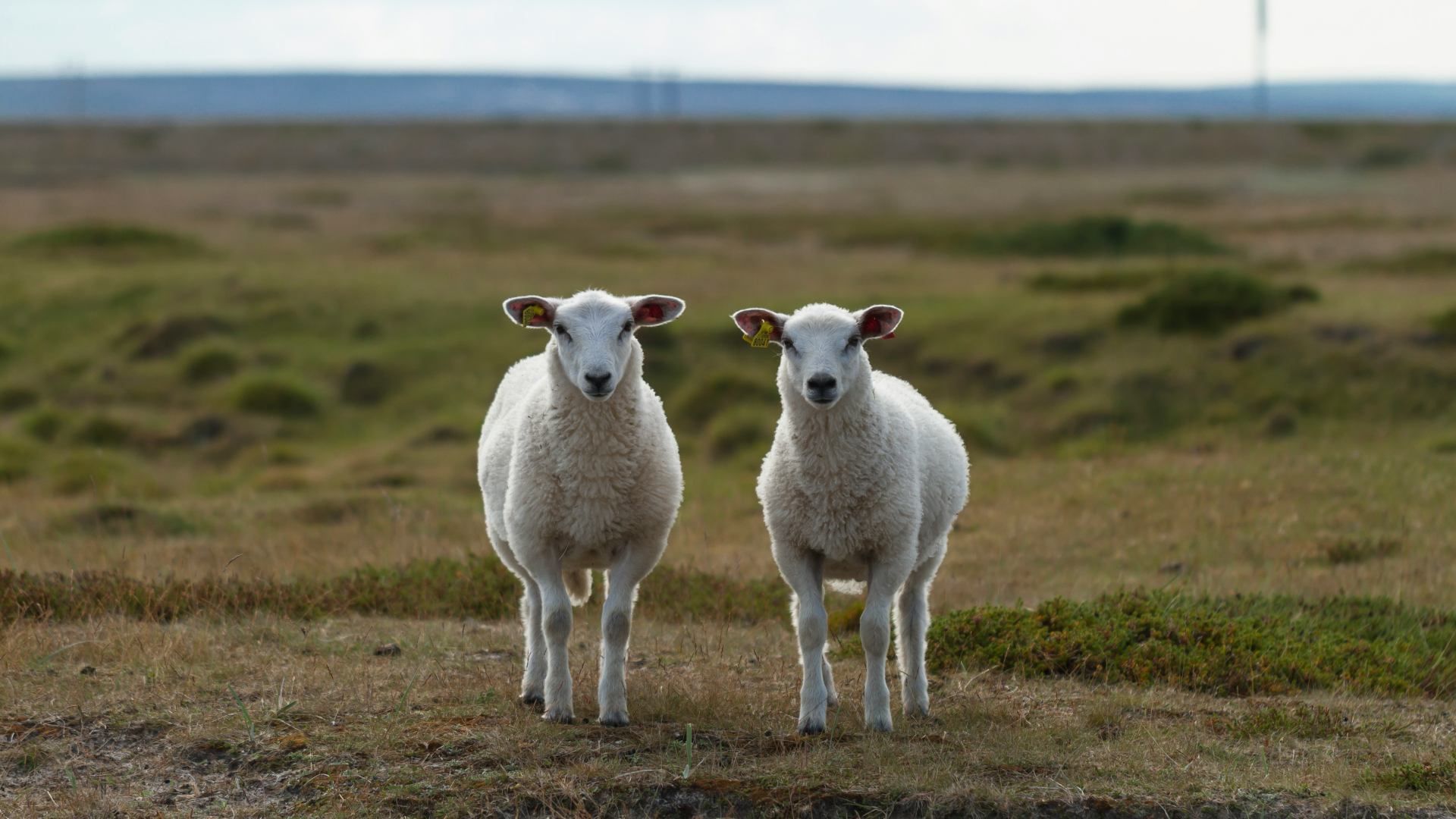
In addition to the discovery that all the victims were boys of the same sex, the genome analysis revealed another surprising fact to researchers.
“And the second [suprise] (was) when we found out that some of them were related and there were two sets of twins,” Barquera said.
Twins and Relations Found
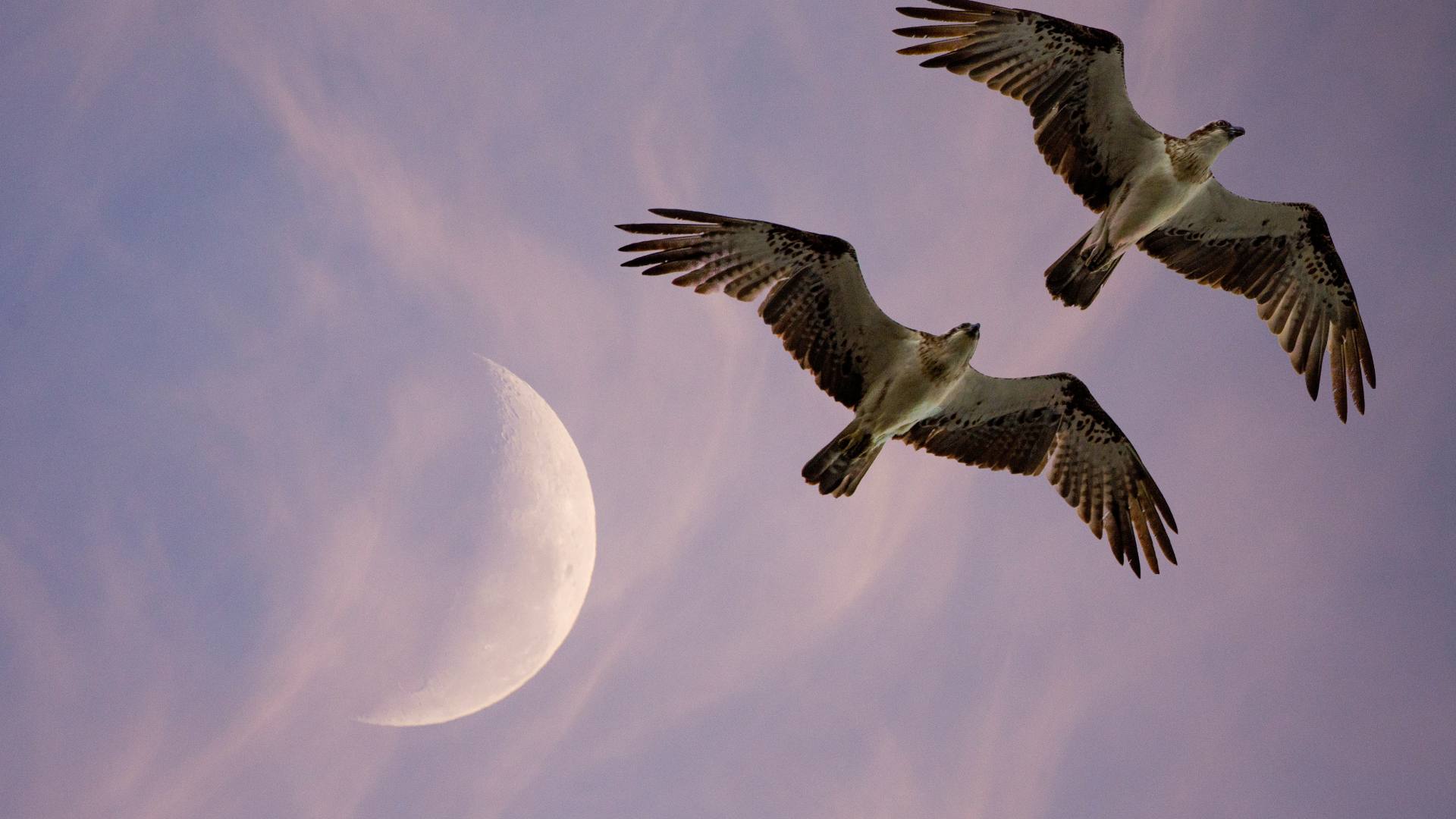
Researchers were amazed to discover two pairs of twins among the victims, as well as many of the child victims found to be related by way of siblings or cousins.
The boys were between the ages of three and six years old when they died and were thought to have been conscripted from the local Maya population.
Similar Diets

Another fact discovered that further points to the children sacrificed being related is that they were all eating similar diets.
This fact suggested to researchers that they were being raised in the same household. DNA analysis showed that 25% of the children were close relatives.
Surprise Given the Timeline

Another researcher not involved with the study, Vera Tiesler, described her surprise at the findings in an email to CNN. Tiesler is a bioarchaeologist and professor at the Autonomous University of Yucatán.
“It is surprising to me to see family members, given the enormous time breadth of the deposit, which by radiocarbon dates is now confirmed to have been used over a time span of 500 years, during which these bodies slowly accumulated,” said Tiesler.
Dating the Remains
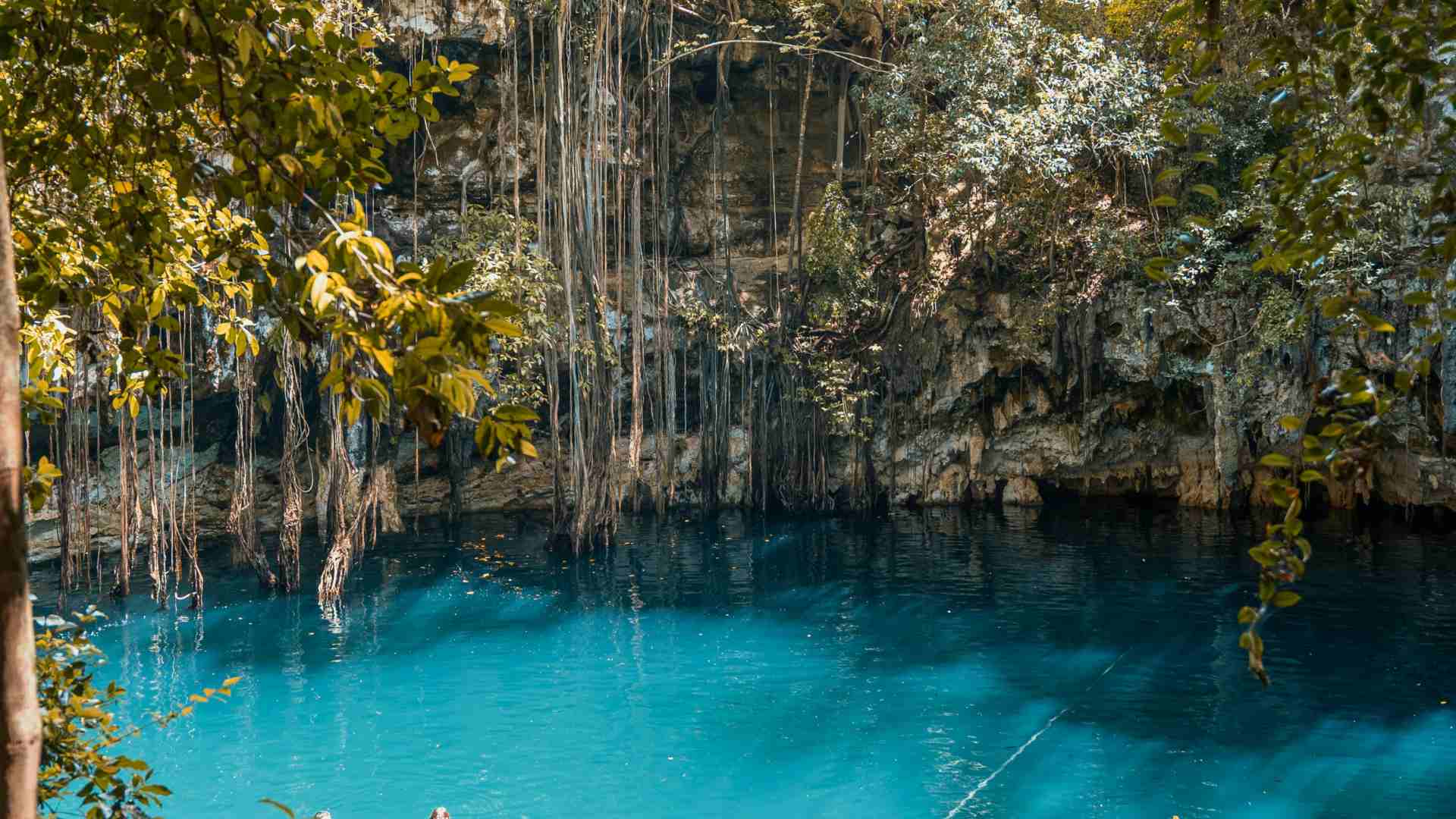
The study research team used radiocarbon data to determine that the children were laid to rest in an underground cavern between 800 and 1,000 AD.
This time period coincides with Chichén Itzá having heightened political influence and power in the region.
Why Did Ancient Mayans Sacrifice Children?
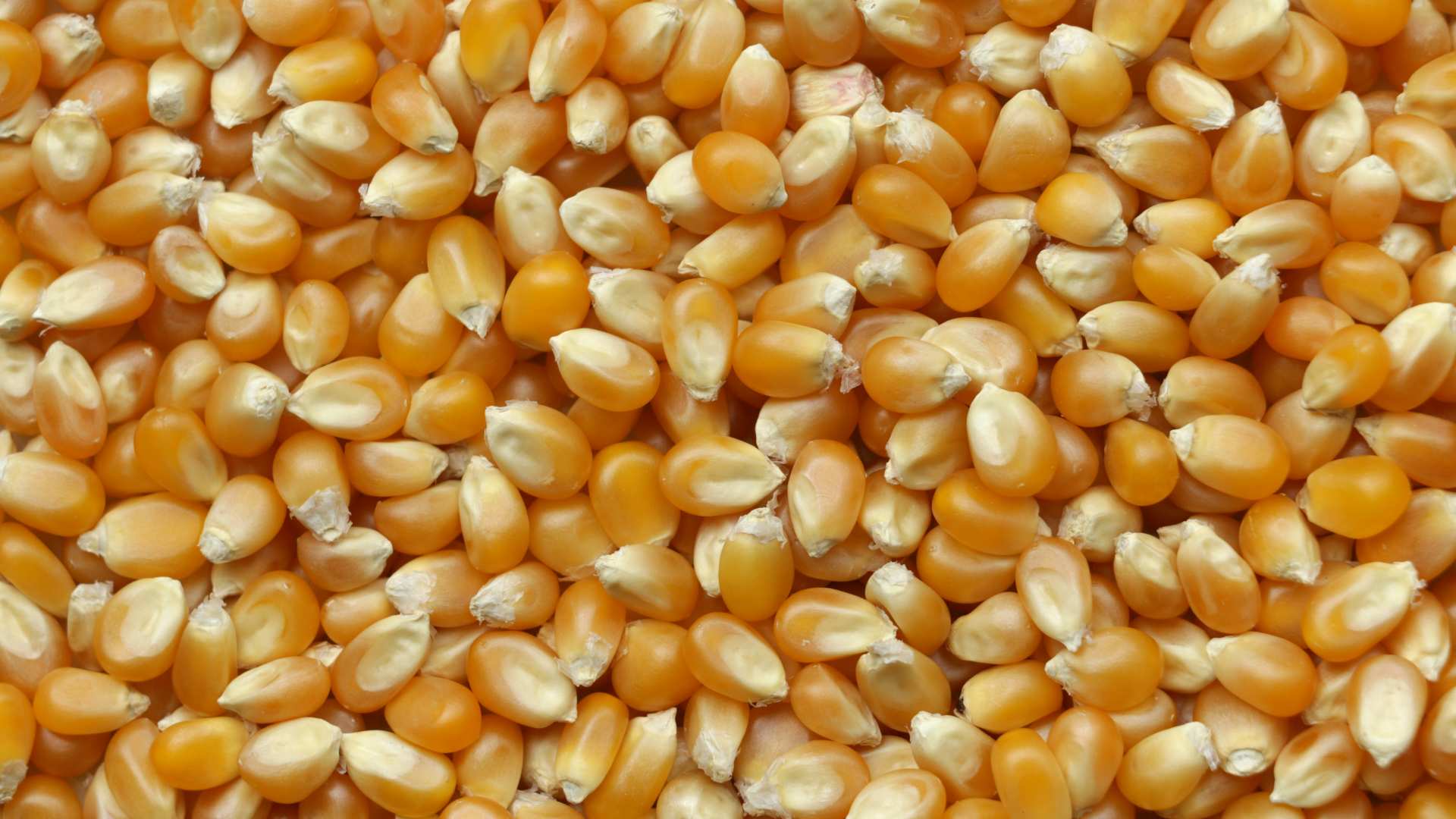
In Maya religious tradition, sacrifice is thought to be required to maintain healthy agriculture cycles of staple crops like corn. Researchers think that religious leaders would call for the sacrifice of children in response to a drought or crisis to appease Chaac, the Maya deity that controls the rain. The findings by researchers allude to the story of twins Hunahpu and Xbalanque who journeyed to the underworld before being resurrected which mirrors the cycle of crops.
“Very few things in archaeology have such a clear pattern,” says co-author Warinner. “The selection of close relatives and twins pointed to the Hero Twins.”
